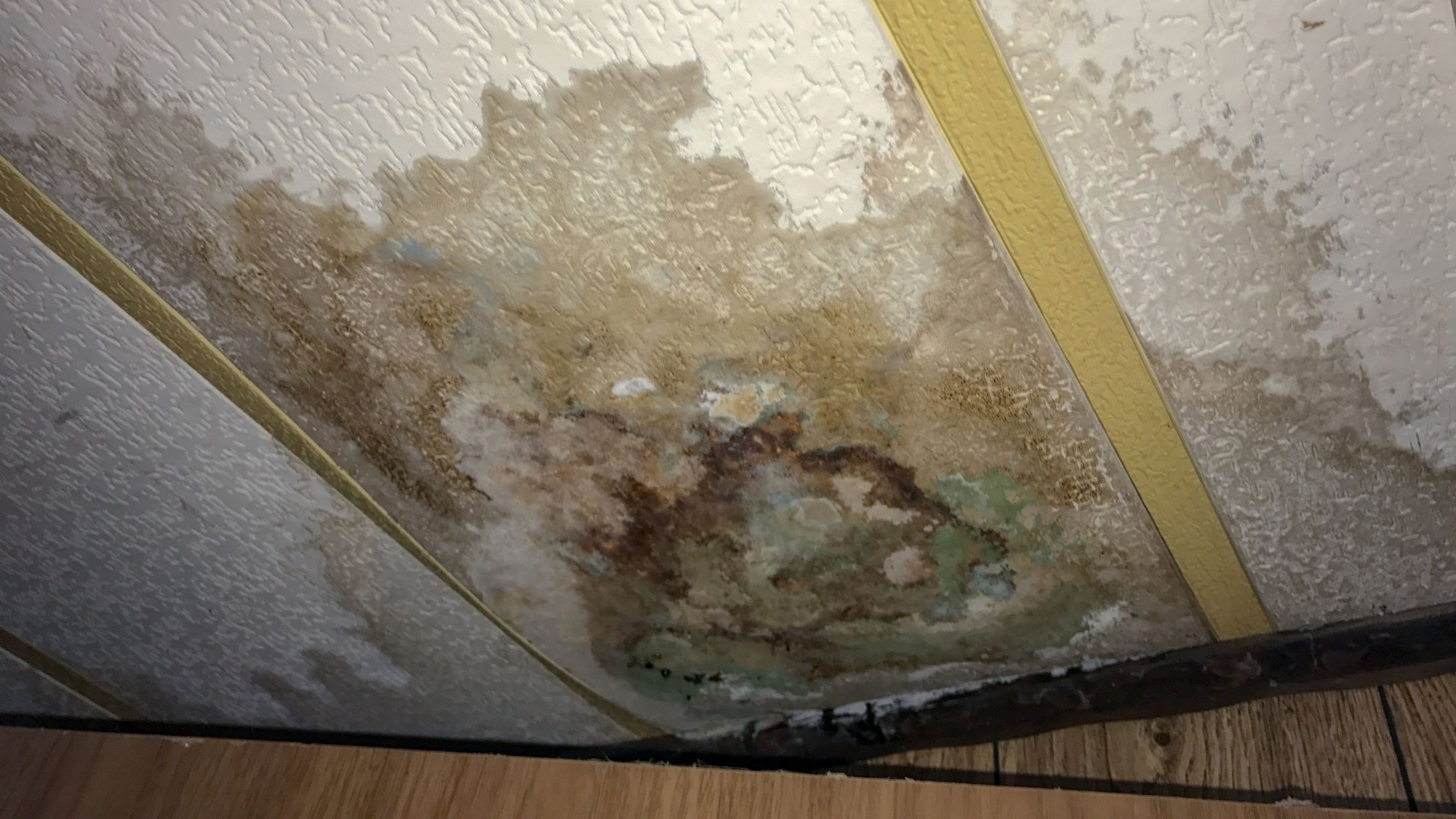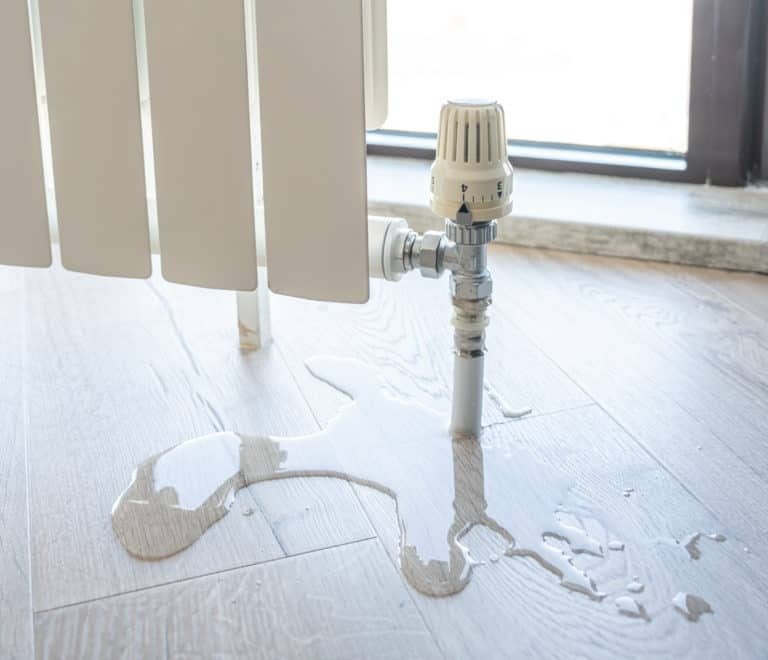Reasons Behind Water Harm in the Bathroom
Reasons Behind Water Harm in the Bathroom
Blog Article
Just how do you feel when it comes to How to Repair and Prevent Bathroom Water Damage??

Water damage often occurs in the washroom because of the water utilized day-to-day. Sometimes, the damage could be a little mold and mildew from the shower. Various other times, it's substantial damage on your floor. Whatever it is, it is constantly excellent to know the cause as well as stop it prior to it happens.
This guide will undergo a few of the usual causes of water damage in the restroom. We will likewise analyze what you can do to stop these causes from damaging your bathroom. Let's dive in.
These are the common reasons you would have water damage in your shower rooms and also just how you can spot them:
Excess Moisture
It's amazing to have that long shower and sprinkle water while you dance around as well as imitate you're executing, yet occasionally these acts could cause water damage to your bathroom.
Spraying water around can create water to head to edges and also create mold and mildews. See just how you spread out excess dampness around, and also when you do it, clean it up to avoid damage.
Cracks in your wall tiles
Restroom wall tiles have been particularly made for that objective. They secure the wall from wetness from people taking showers. However, they are not indestructible.
Sometimes, your bathroom wall surface floor tiles fracture as well as permit some dampness to leak into the wall. This could possibly ruin the wall if you don't take any kind of action. If you discover a crack on your wall surface ceramic tiles, fix it instantly. Don't wait till it damages your wall.
Overflowing bathrooms as well as sinks
As humans, occasionally we make blunders that might cause some water damage in the bathroom. As an example, leaving your sink faucet on could create overflowing and damages to various other parts of the shower room with moisture.
Additionally, a damaged toilet can create overruning. As an example, a damaged commode manage or various other parts of the cistern. When this occurs, it can harm the flooring.
As soon as you discover an overflowing sink or toilet, call a plumbing technician to aid deal with it instantly.
Burst or Leaking Pipelines
There are numerous pipelines bring water to various parts of your bathroom. Some pipes take water to the toilet, the sink, the taps, the shower, as well as many various other areas. They crisscross the small area of the washroom.
Every so often, these pipes might get rustic as well as ruptured. Other times, human action might create them to leakage. When this takes place, you'll locate water in the edges of your shower room or on the wall surface.
To identify this, watch out for gurgling walls, molds, or mildew. Call an expert emergency plumbing to fix this when it happens.
Roofing system Leaks
Sometimes, the trouble of water damage to the washroom could not originate from the washroom. For example, a roof leak can trigger damage to the restroom ceiling. You can spot the damages done by looking at the water stains on the ceiling.
If you locate water spots on your ceiling, inspect the roof to see if it's harmed. After that, call an expert to aid solve the concern.
Final thought
Water damage to your restroom can be annoying. Nevertheless, you can manage it if you stop a few of the causes mentioned in this overview. Call a professional emergency situation plumbing technician if you discover any serious damage.
HOW TO FIX A WATER-DAMAGED BATHROOM
MOLD INSPECTION AND REMEDIATION
The first step before beginning your bathroom renovation should be a thorough inspection for mold.
If you can detect mold growth in the bathroom by its musty odor or the stains it leaves on walls and surfaces, you can be sure the fungus is hiding somewhere behind your bathroom’s drywall or under the subfloor.
In-home tests can help you detect mold, but they aren’t 100 percent foolproof.
If you suspect the water-damaged bathroom walls or flooring are hiding large mold infestations, it’s best to contact a certified mold remediation company and arrange for an inspection.
If the restoration contractor confirms the presence of mold, you can get to work on removal and remediation. However, handling this kind of work yourself can be a health hazard, and you can’t be sure of removing it all with DIY techniques.
Consider turning the job over to your restoration professionals. Their certified technicians have the skills and tools it takes to get the job done. Most importantly, you’re not putting yourself or your family’s health at risk.
PREPARE THE ROOM
Once the mold has been removed, begin gathering materials and preparing the bathroom for renovation.
Shut off your home’s main water valve to prevent further damage in case of a mishap while you’re working. Disconnect the toilet from the floor and the waterline.
With the toilet out of the way, you’ll have room to work removing other damaged items or fixtures that need replacing. This might include your cabinetry, tile or vinyl floor and wood subflooring.
START WITH THE DRYWALL
If water damage left the bathroom structurally compromised, your DIY project may turn into a job for a professional. However, if it only affects small portions of drywall, use a hammer and keyhole saw to remove damaged areas. Cut the drywall in a circular or rectangular shape so that it’s easier to patch.
Depending on the size of the area you’re working with, patch or replace the drywall. If you’re patching, use clips to hold new material in place, and secure with tape and joint compound. Once the compound dries, sand down the patch so that it’s flush with the surrounding drywall.
Now you’re ready to prime and paint over the repaired area. This might be a great opportunity to repaint the entire bathroom.
REPAIR THE BATHROOM FLOOR WATER DAMAGE
Clean up debris from the drywall repair, and prep the bathroom floor. Start by clearing the damaged area and pulling up the vinyl or tile. You may need to move out cabinets and the toilet. Follow up by removing any protruding nails, screws and adjacent baseboards.
Draw a strait-edge line through the center of exposed joists on either side of the damaged floor. Using this as your guide, cut out the subfloor material with a circular saw. Let joists dry.
Carefully measure replacement oriented strand board or plywood, and cut to fit. Secure the fresh subfloor in place with wood screws, apply adhesive, and lay down replacement vinyl flooring.
If you’re replacing tile, you’ll need to install concrete board over the plywood. Set the new tile with thin-set mortar, let it dry, and finish by grouting tile joints.
INSTALL THE FIXTURES
Once your walls and floors are complete, replace or install new cabinetry, the toilet and anything else you removed before the bathroom renovation. If you’ve always wanted new light fixtures or a new paint color, this is the perfect time to update the room’s looks.
Be sure to clean up all debris and address damp areas before you replace anything. Otherwise, you’ll end up in the same predicament in the near future.
HOW TO PREVENT BATHROOM WATER DAMAGE
It’s probably the wettest room in the house, but all that damp doesn’t have to cause problems. These simple tips help prevent water damage in bathroom walls and floors.
Always investigate discoloration on bathroom walls and baseboards. Regularly check floor and walls tiles for damaged grout or caulking. Don’t ignore drains that seem slow or are leaking in sinks and tubs. Keep bathroom floors dry with absorbent bath mats. Replace leaky faucets, shower heads and overflow tub drains. Control bathroom humidity by installing an exhaust fan. Know how to turn off bathroom supply line shut-off valves. Make sure you have contact information for an experienced water damage company. https://www.servicemasterbyzaba.com/blog/bathroom-water-damage/

I stumbled upon that blog post about How to Repair and Prevent Bathroom Water Damage? while doing a search on the internet. Sharing is good. Helping others is fun. Kudos for your time. Come back soon.
Request immediate service. Report this page